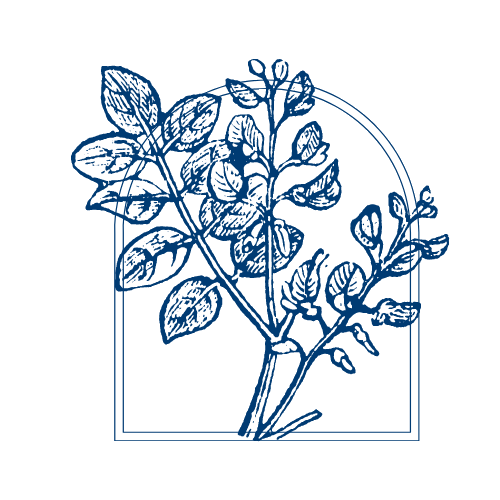Fire Cupping & Gua Sha
What Can Fire Cupping & Gua Sha Treat
Cupping is a manual therapy that has been used in traditional Chinese medicine for thousands of years to achieve different therapeutic results. It has increased in popularity in recent years, with many people enjoying its benefits of pain relief and much more. Cupping therapy has been shown to:
- Increases blood circulation
- Relieve muscular pain and tension
- Increase muscle recovery speed
- Promote relaxation
- Reduce anxiety
- Encourage tissues to release toxins
- Improve immune system function
How it works
In a cupping treatment, medical cups are placed onto the skin, and suction is created either by heat or via an air pump, pulling the skin up and away from the underlying muscles. Cupping pulls the muscles and tissues away from the body, alleviating muscle tension and tightness.
Cupping works by creating a local microtrauma, which signals the body to send fresh blood and oxygen to the muscles and tissues affected, facilitating healing and regeneration. Cupping also causes local inflammation, which triggers the immune system to produce cytokines (small proteins that enhance communication between cells) which help regulate the immune response.
What is Gua Sha?
Gua sha is rooted in Traditional Chinese medicine (TCM). According to the principles of TCM, your qi (pronounced “chi”), or energy, must flow throughout your body so you can feel your best. When qi becomes stagnant in certain areas, it’s believed that health problems can occur. With gua sha, a practitioner will use a smooth-edged tool to gently scrape areas of your body where there is inflammation or stagnant qi to help improve circulation and promote healing. Gua Sha is a very standard kind of treatment modality that most acupuncturists use. Its meaning loosely translates to ‘scraping, rubbing or pushing. Essentially, gua sha is just a tool-assisted type of massage
The difference between Gua Sha and the Graston Technique?
It’s essentially the same thing, just re-branded by non-acupuncturists. While this is still Gua Sha, it’s known as the Graston Technique in Western Medicine. In 1990, David Graston, an amateur athlete, rebranded Gua Sha in the United States and trademarked it.
Is gua sha routinely offered during acupuncture sessions?
If a patient needs gua sha, they will get it during their session, just the same as if they require cupping. If the patient would like a longer session, we do offer 25 minute sessions of cupping and/or gua sha.
Does gua sha hurt?
Reading that gua sha involves “scraping,” might make you cringe. However, a practitioner won’t be scraping your body like a car windshield in the middle of winter. Gua sha is gentle overall, and the intensity can build depending on the types of knots that your practitioner can encounter. A lot of patients feel that it has a “hurts so good” feeling.
Gua sha tools have smooth, rounded edges. They’re not going to cut, stab or pinch you. Before your practitioner starts, they’ll massage the treatment area with cream or lotion first and then take things to your comfort level. They won’t just dig in as hard as they can right away on a point. They’re going to find the tense tissue, work on it gently and gradually build up the intensity to promote circulation to help break up the areas that are all twisted up.
